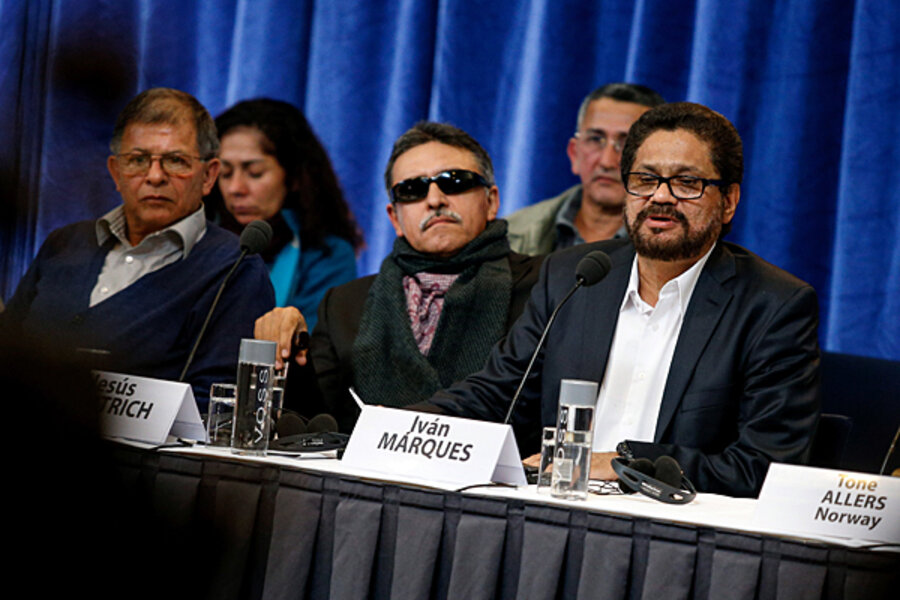The Revolutionary Armed Forces of Colombia, known as the FARC, emerged in 1964 as a peasant self-defense group that then adopted Marxism. The FARC once numbered 20,000 fighters, and is responsible for bombings in Bogota and other cities and high-level kidnappings, included of US citizens. The FARC is listed as a terrorist organization by the US, along with the National Liberation Army, or ELN, another Colombian revolutionary guerrilla organization that has operated for decades but is much smaller.
The group’s political origins in Marxism have been overshadowed over the decades by its dependence on the cocaine trade. The FARC’s ability to operate was weakened under former President Alvaro Uribe and the US-sponsored Plan Colombia, although the FARC still wields power in rural parts of the country. Starting in 2008, despite several blows to the organization, Colombia has seen a resurgence of violence that has intensified this year. Now, as President Juan Manuel Santos sets out to seek a peace agreement with the rebels, a major turning point for Colombia could be on the horizon.








